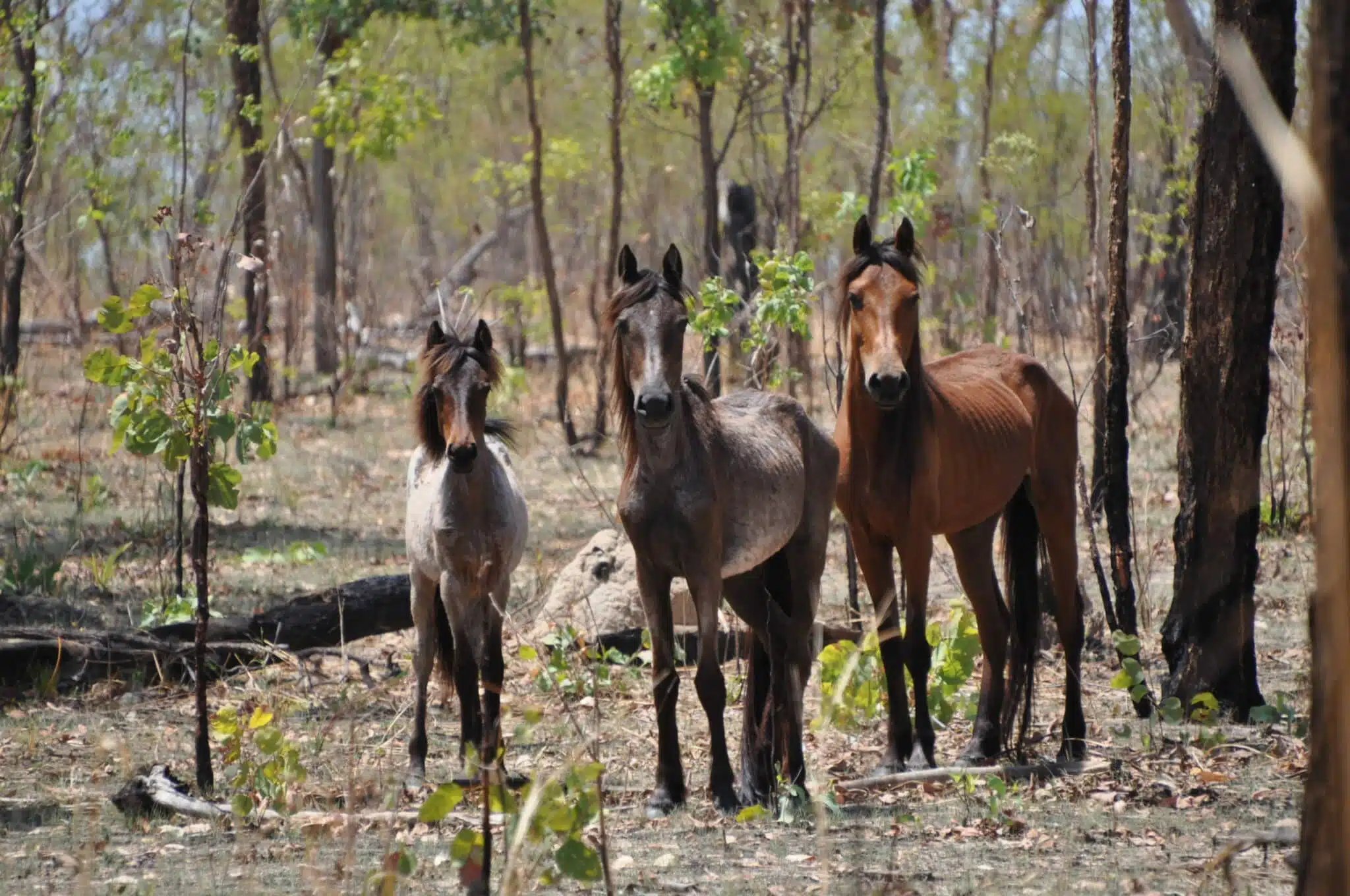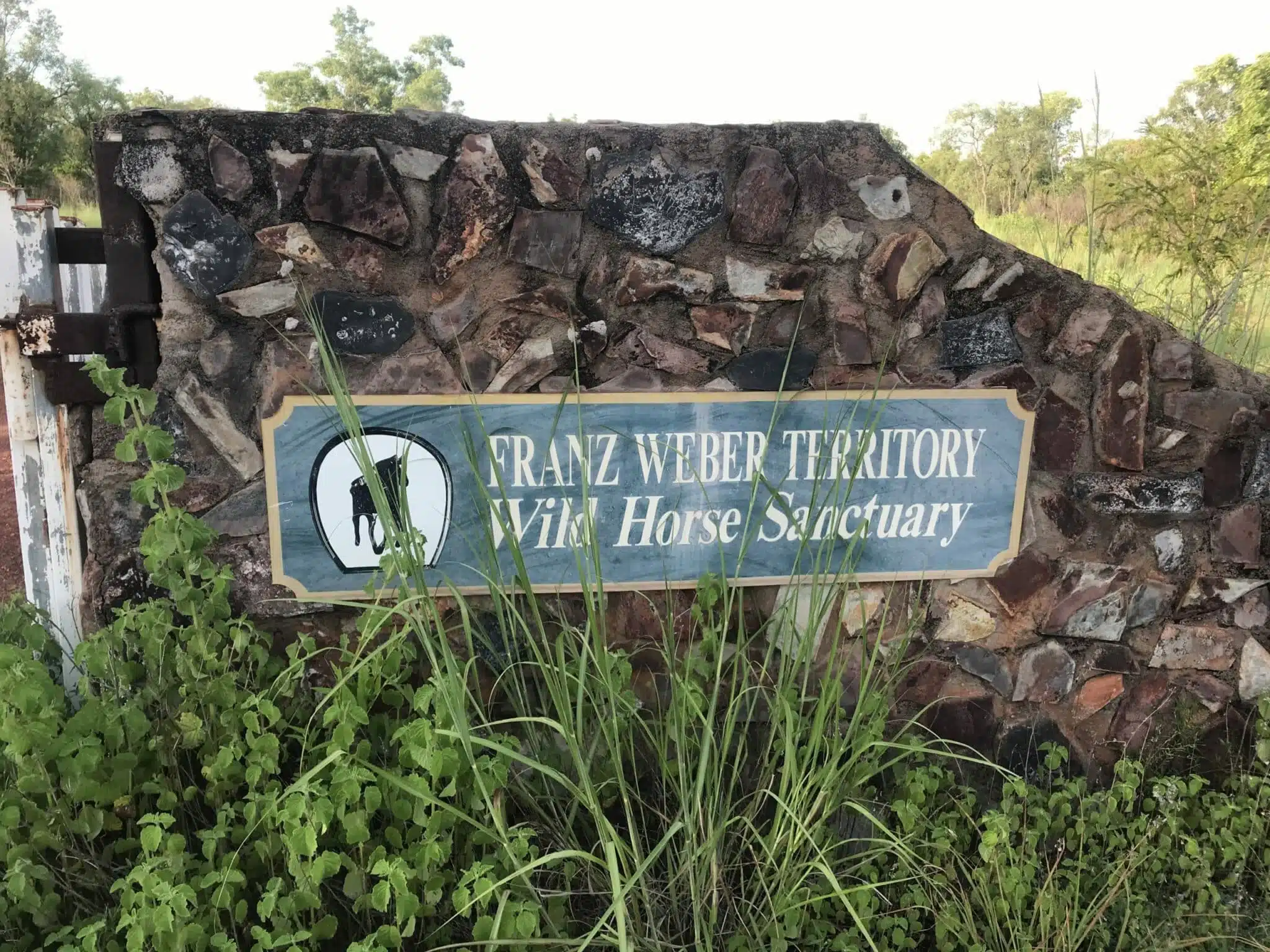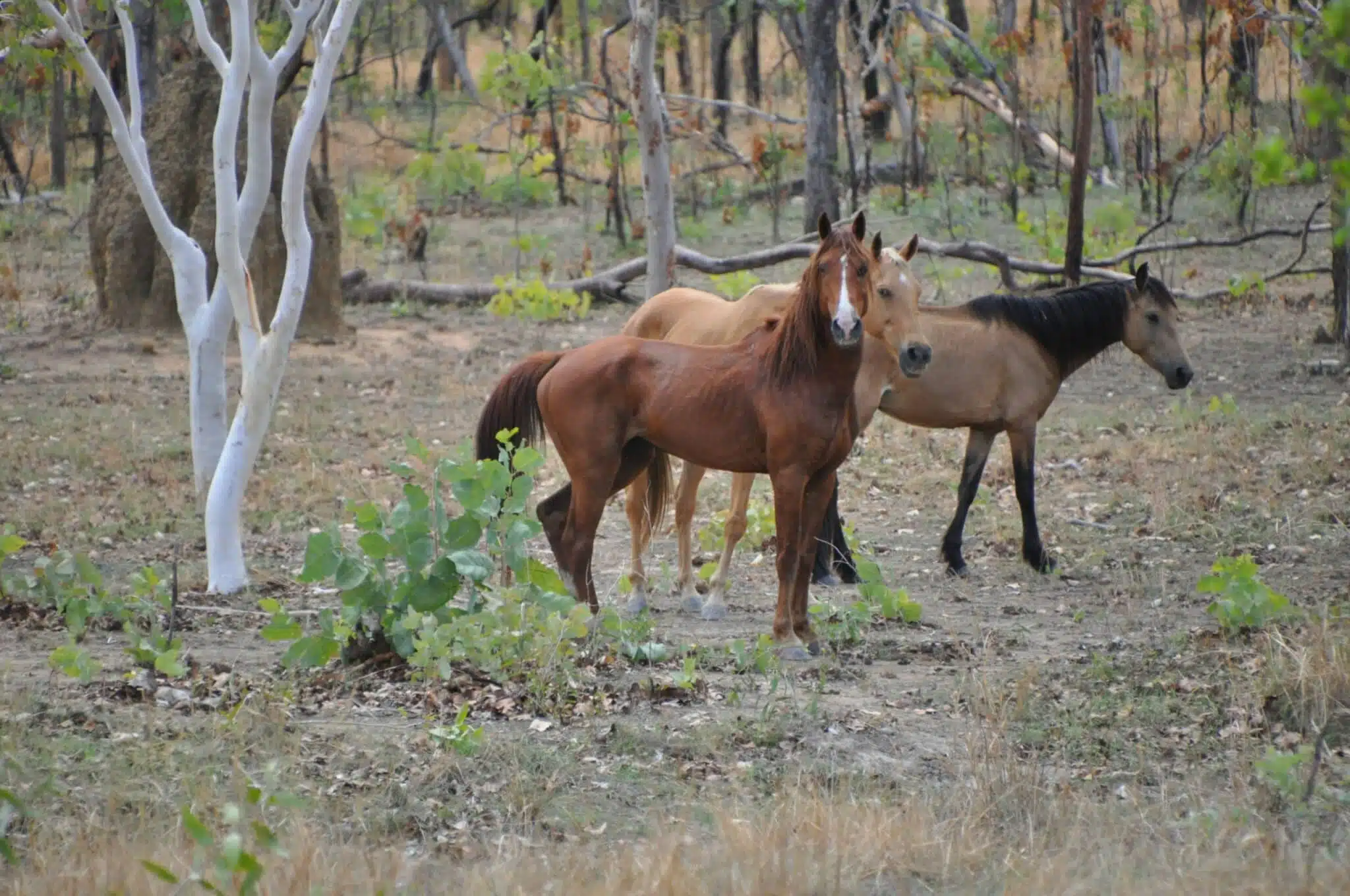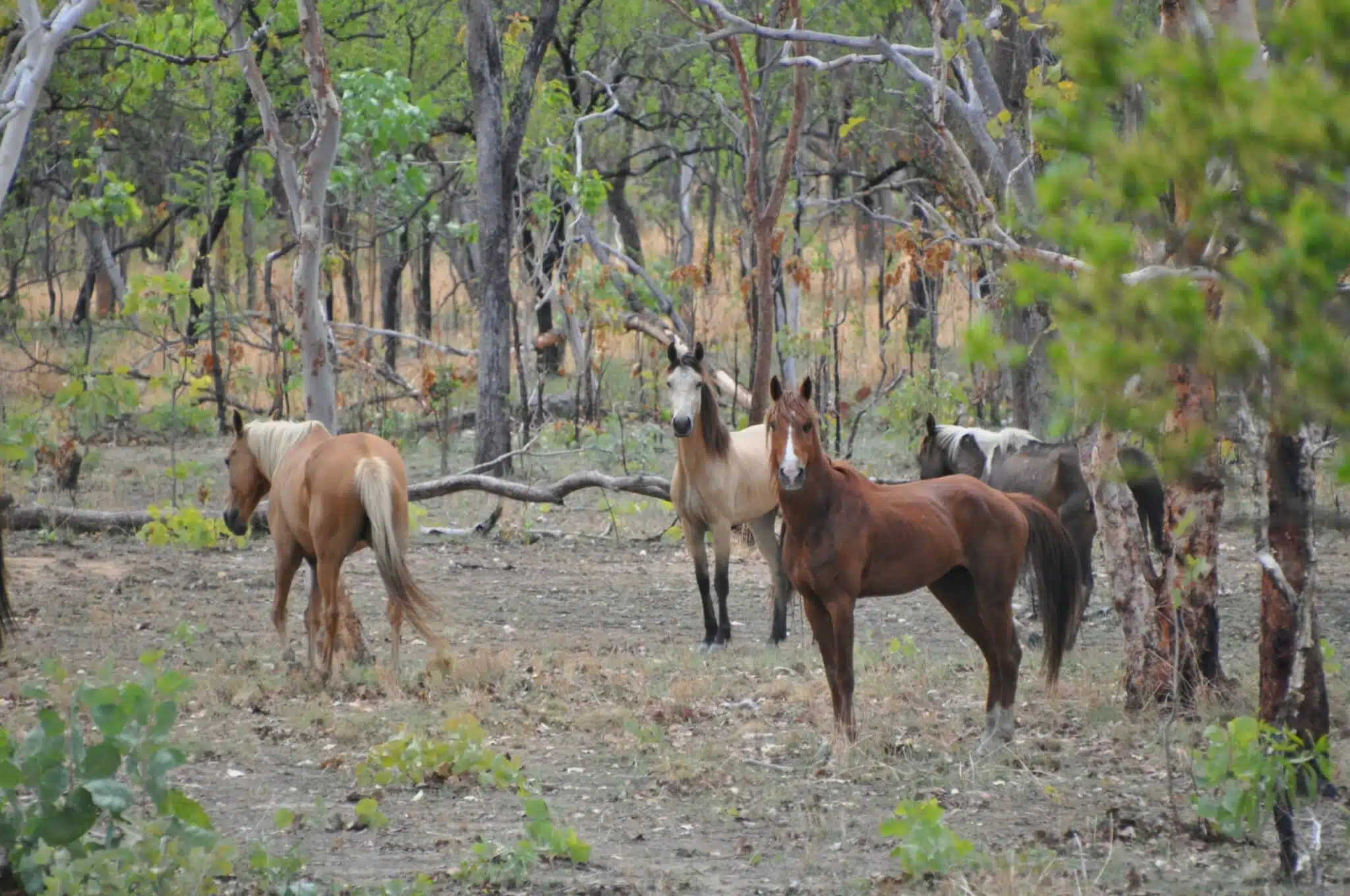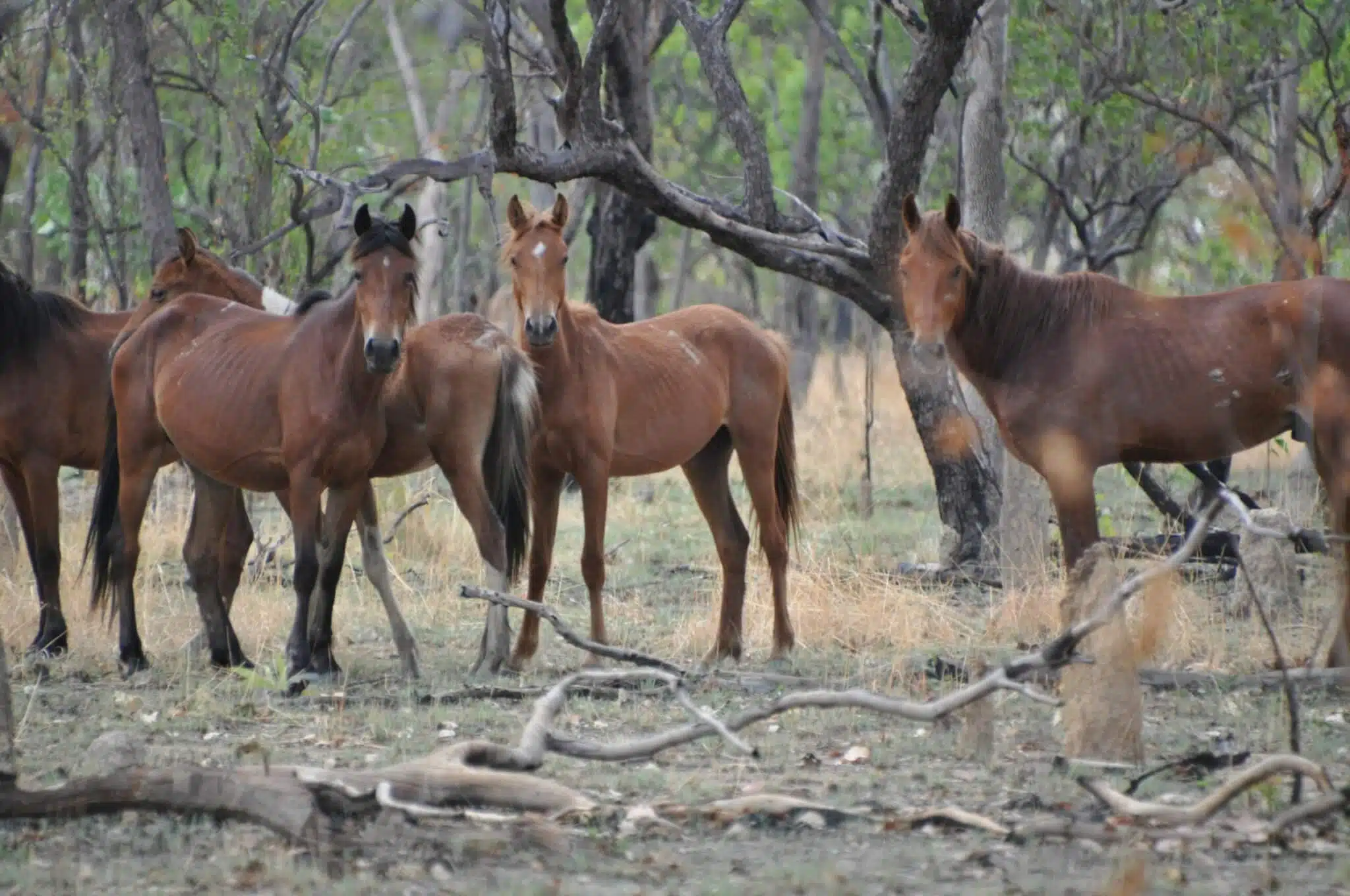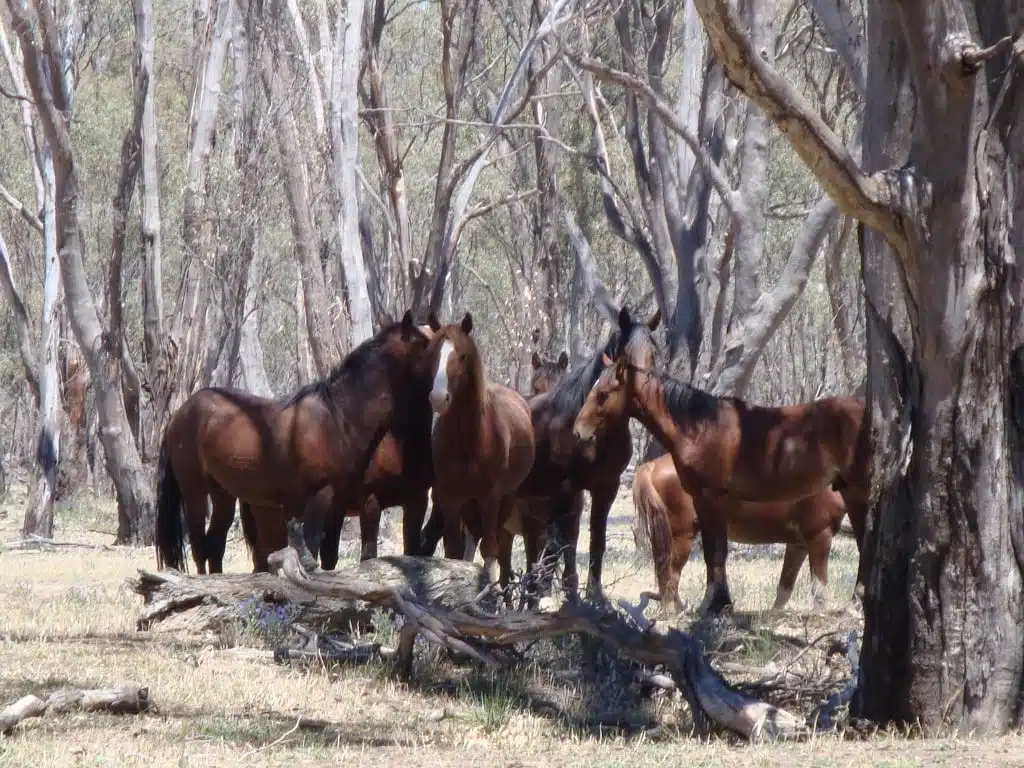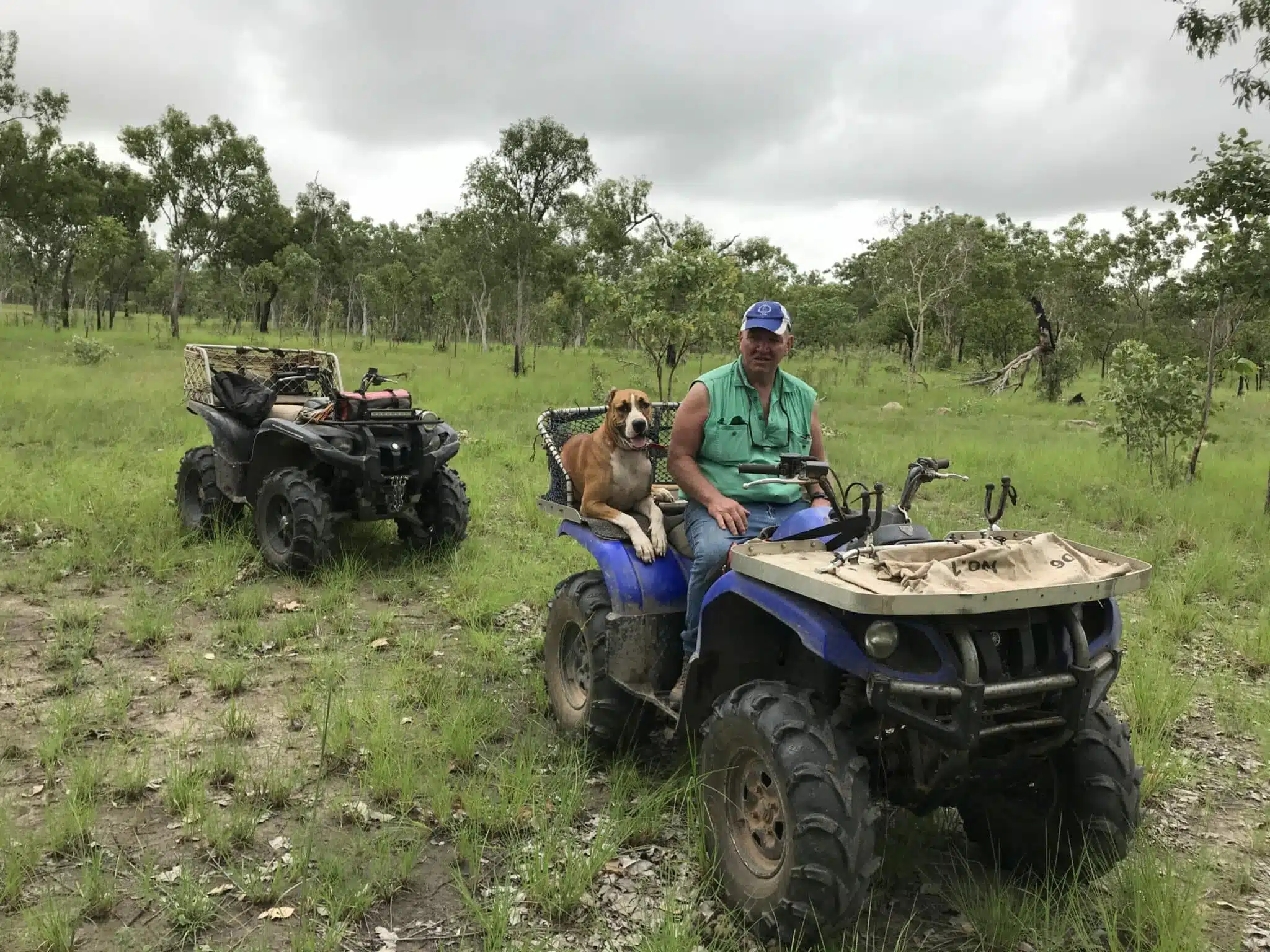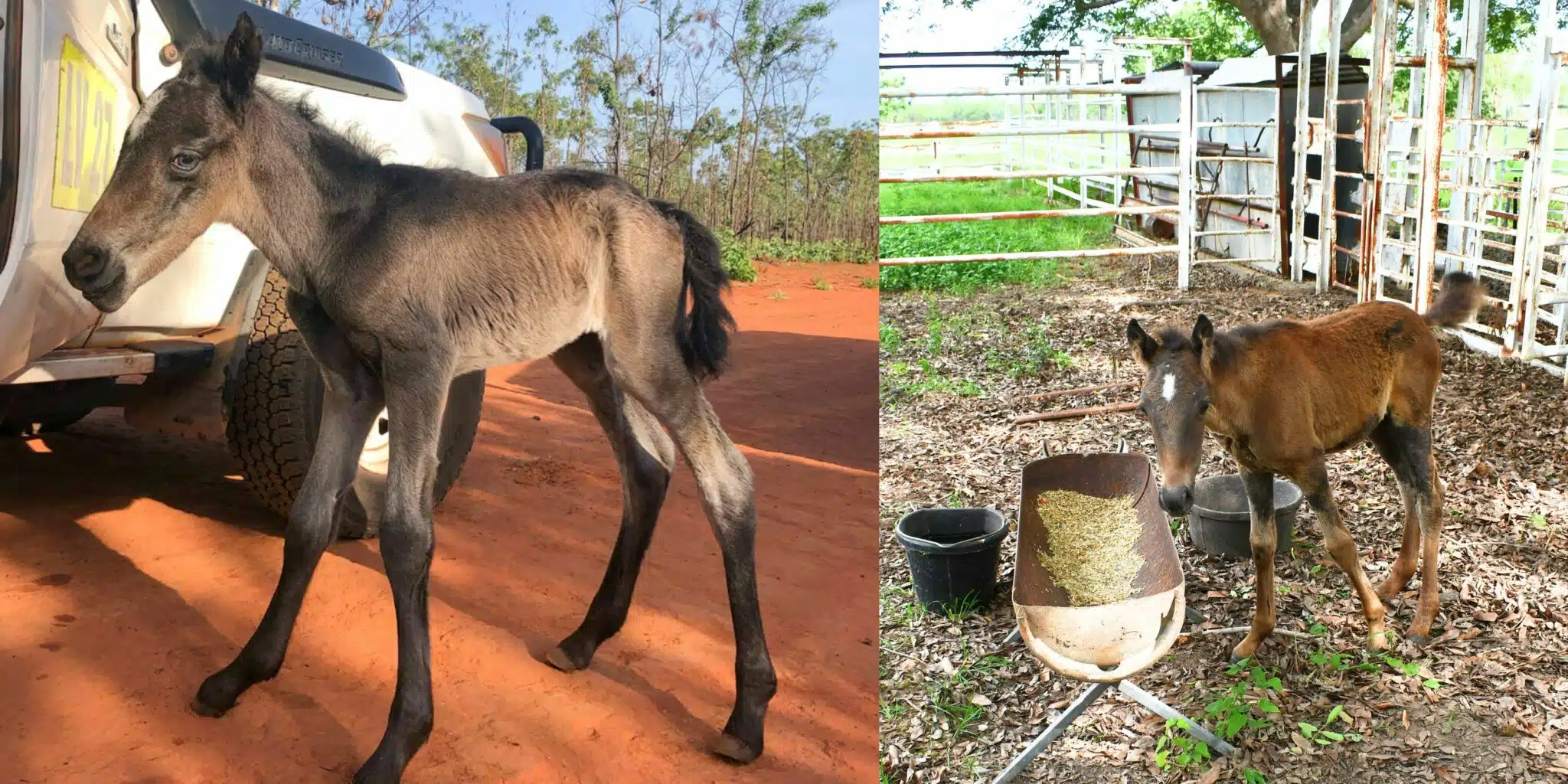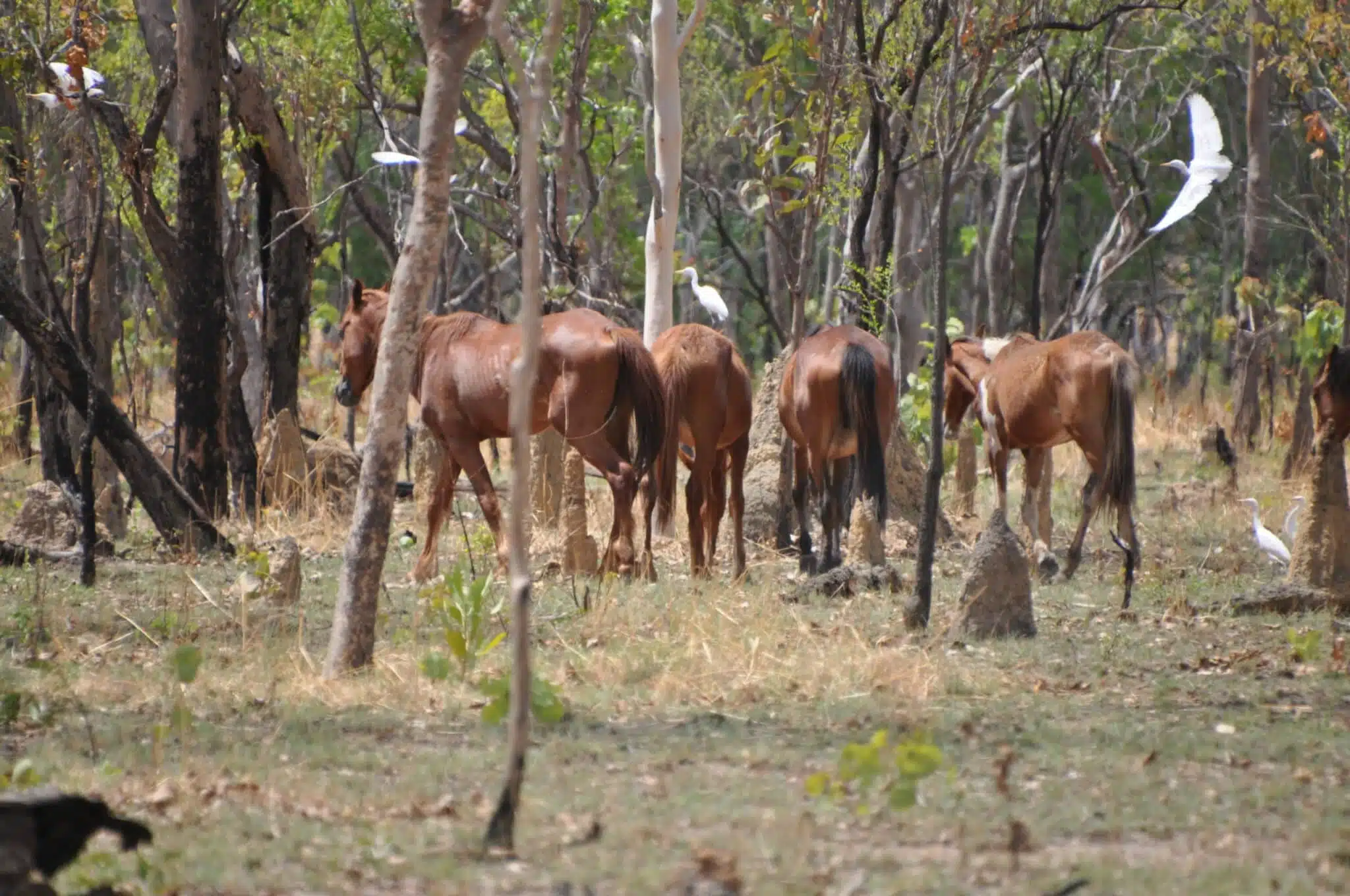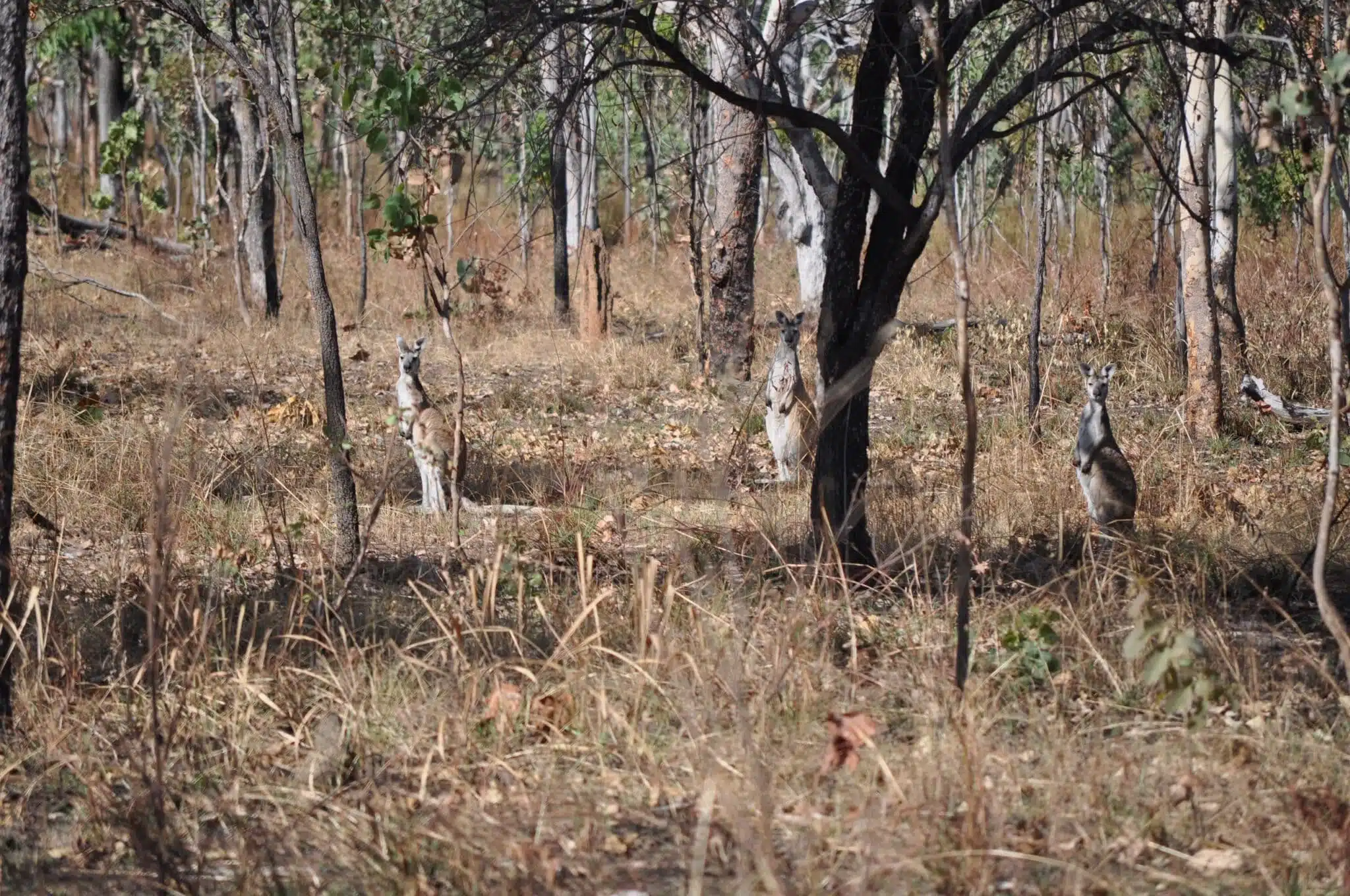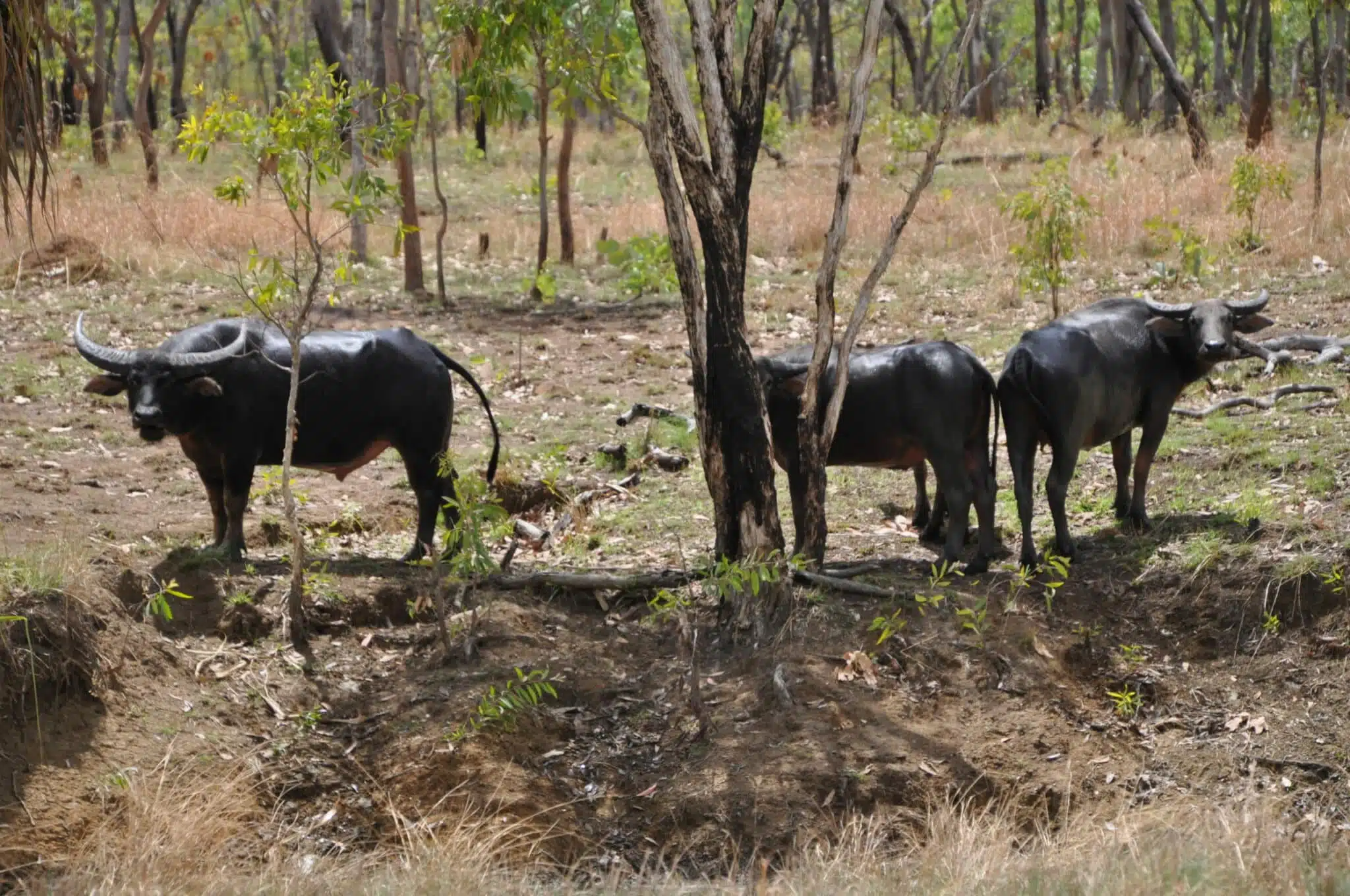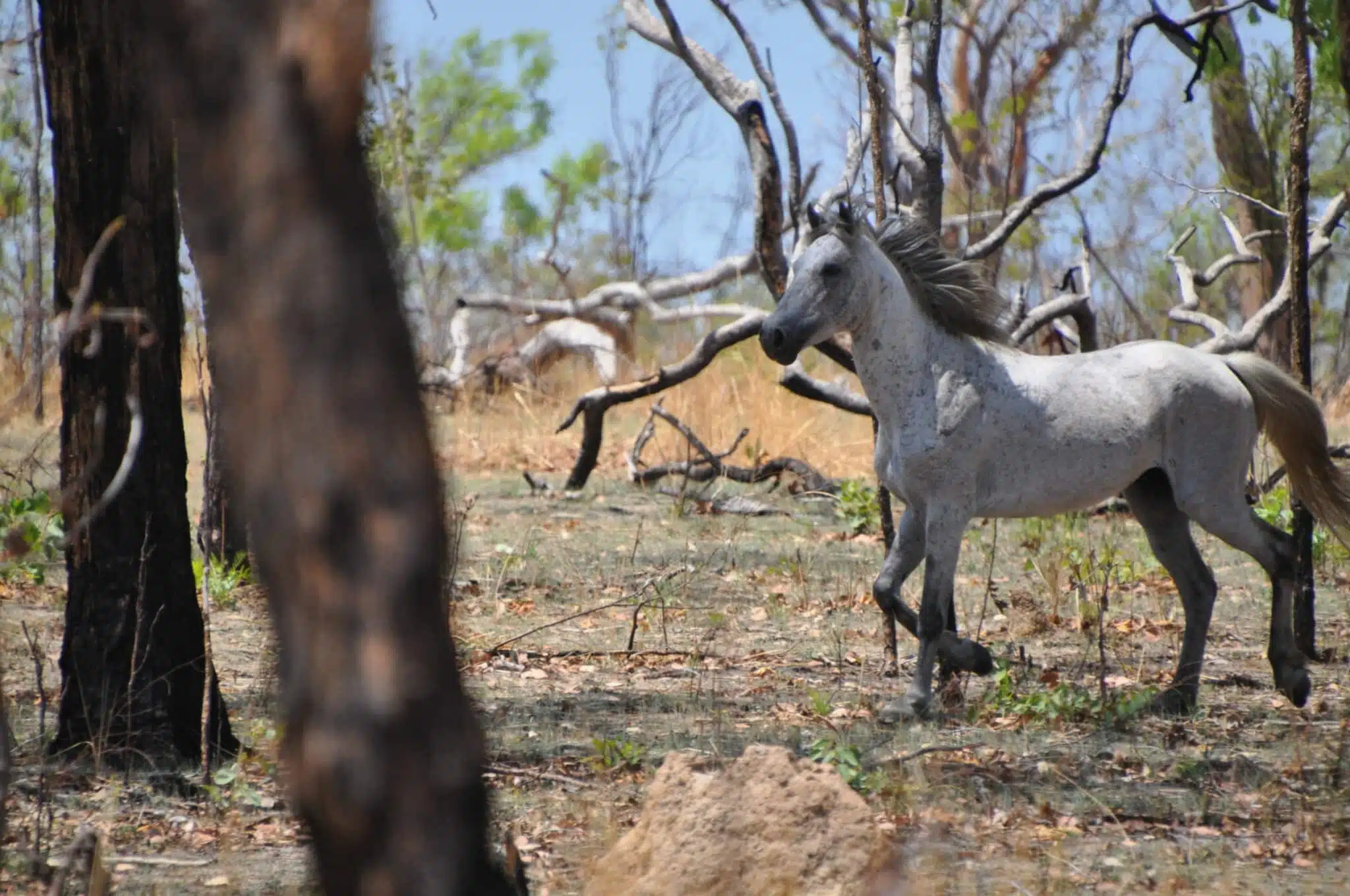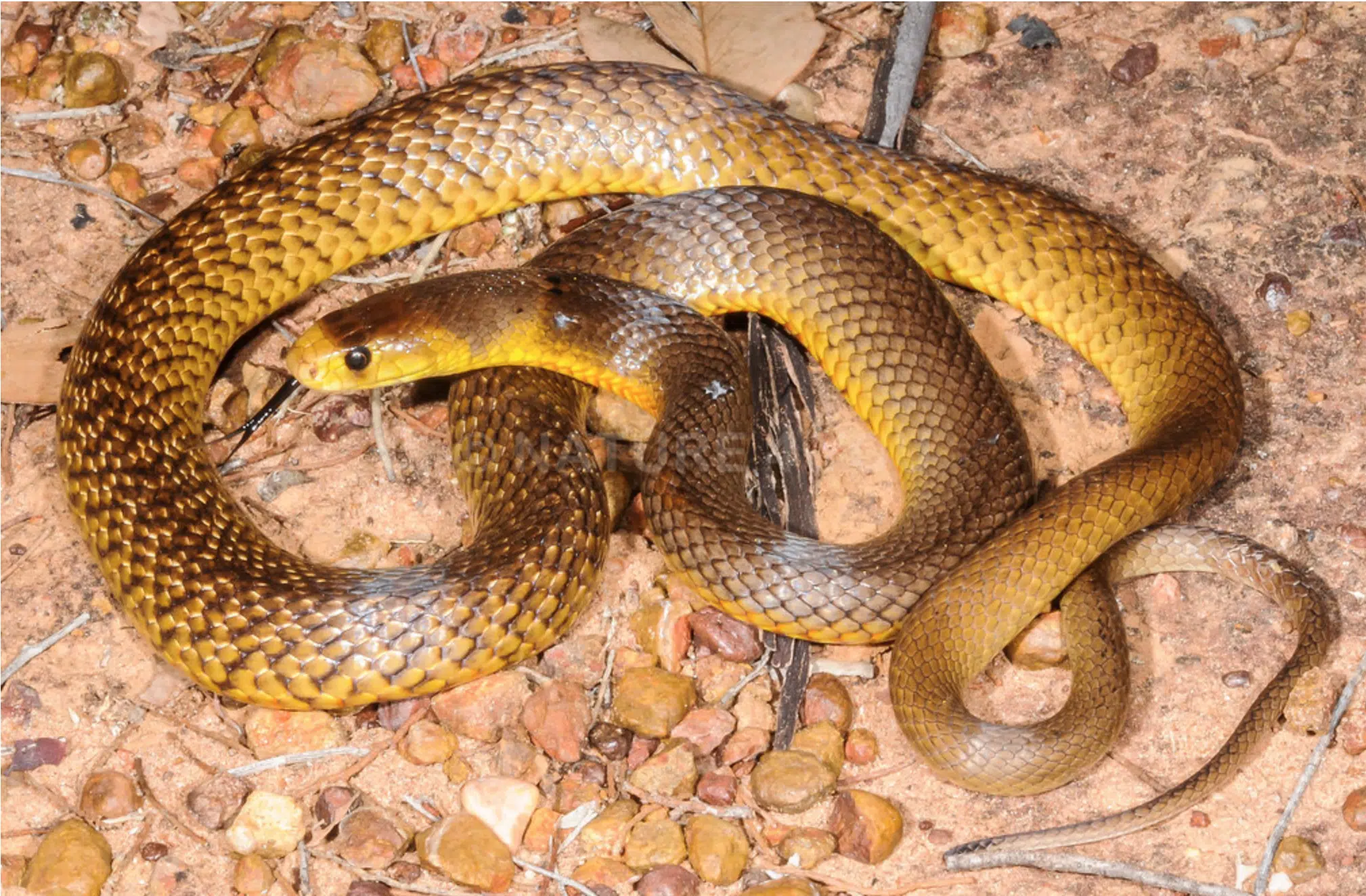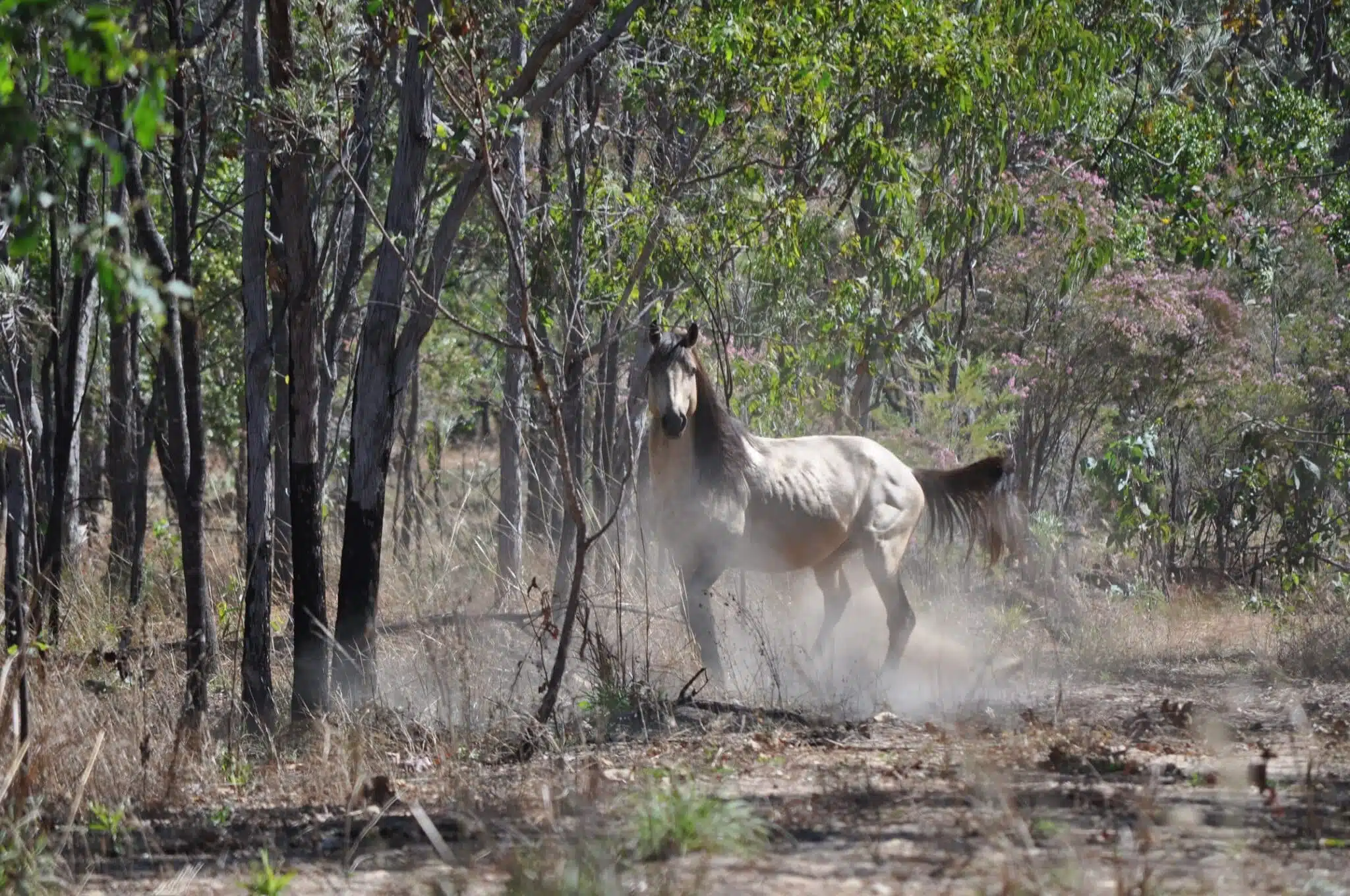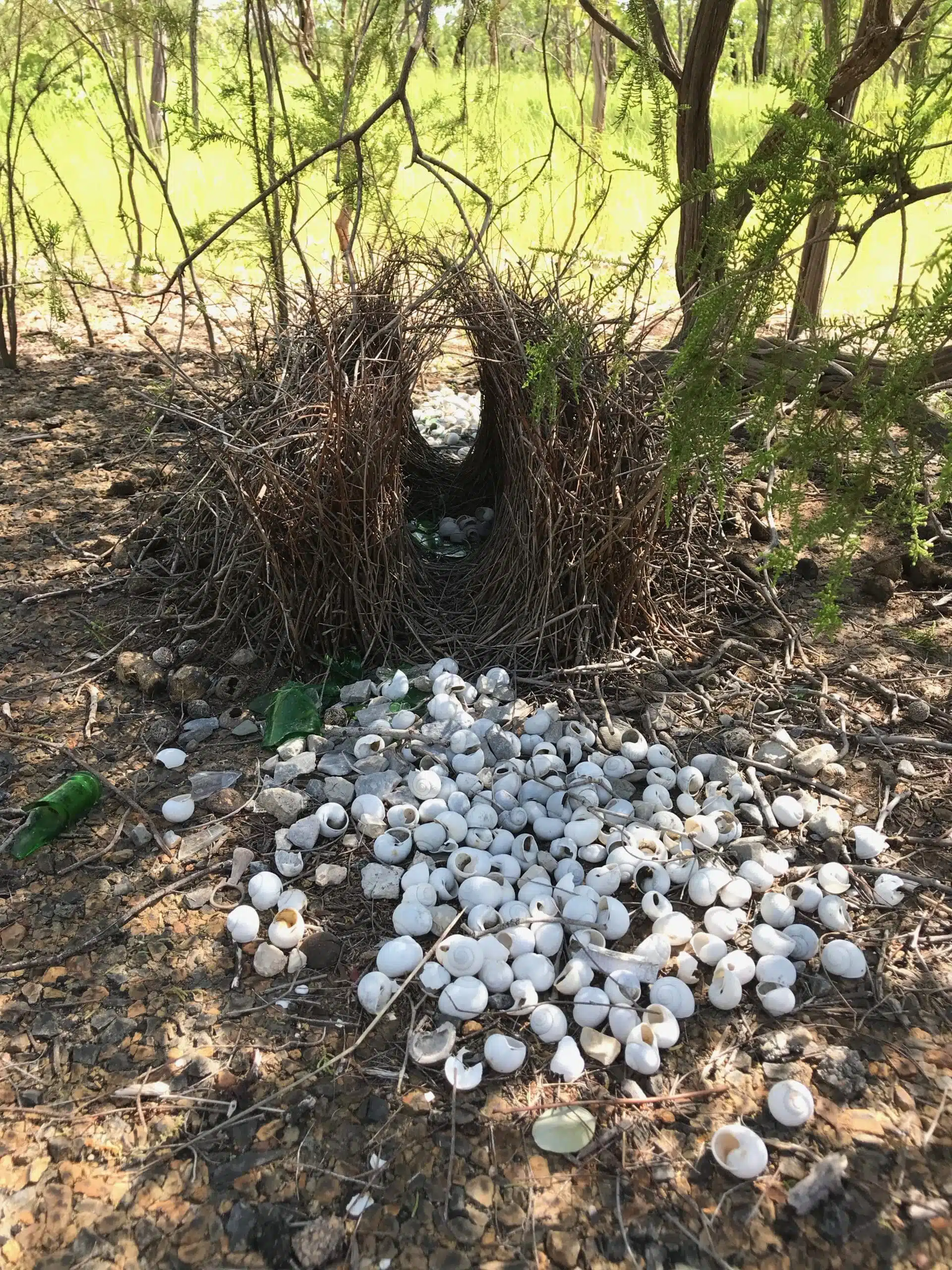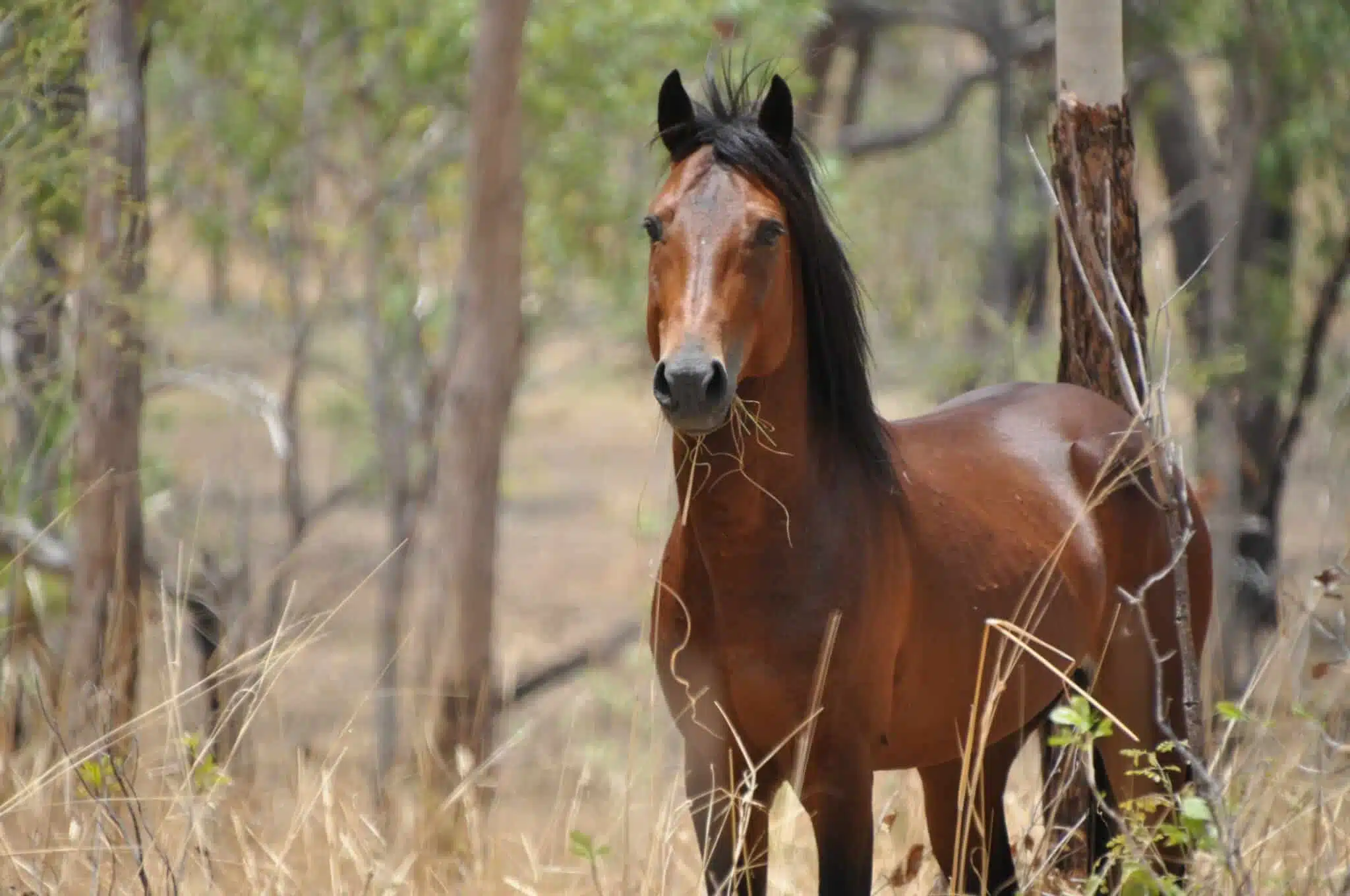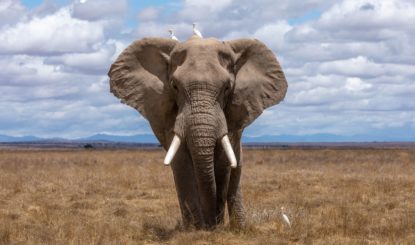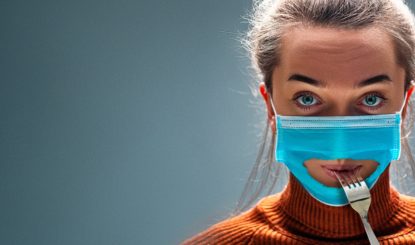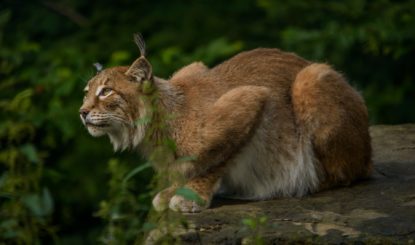Wild Horse Sanctuary in Australia
A peaceful coexistence between wild horses and native wildlife
The issue
The harrowing scenes of mass shootings involving wild horses, known as brumbies in Australia, unfold from the skies. Men in helicopters relentlessly pursue and open fire on entire herds of horses as they desperately attempt to escape. The panic among these creatures is palpable, with many collapsing under the barrage of bullets. Tragically, a significant number of horses do not receive humane, swift shots, resulting in a protracted and agonizing demise. Unweaned foals are roam around the carcasses of their mothers.
This cruel practice was not only tolerated by the Australian government in the 1980s; it was actively coordinated by them. Their justification hinged on claims such as “Horses are non-native to Australia”, “They pose a threat to indigenous wildlife”, and “There is an excessive number of brumbies”.
The driving force behind these tragic massacres can be attributed in part to the cattle industry, which viewed horses as competitors for grazing lands.
The first horse – and the first cattle…and the first white men! – came to Australia with the first British fleet in 1788. Horses were used as mode of transport and for farm work across Australia and served Australia in WW1. The modern-day brumbies are descendants of the horses that either strayed or escaped from domestication or were released into the wild by their owners.
It’s important to note that cattle, just like horses, are not native to Australia but both have a longstanding presence in the region. While one (cattle) has a big commercial value due to the meat industry, brumbies are often considered a pest by many landowners (and other Australians), as they are viewed as “worthless”.
Donation form
Our project
In 1987 and 1988, Fondation Franz Weber (FFW) brought the brumby bloodbath to public attention in Europe, launched a campaign and raised awareness of the issue.
In November 1989, following the vast international outcry, FFW purchased Bonrook Station, a former cattle ranch in the Northern Territory (NT), Australia. 2.5 hours south of Darwin, the Wild Horse Sanctuary “Franz Weber Territory” was born: A fenced, protected, natural native rangeland spanning 495 km2 (18 x 28 km, almost the size of the Balearic Island Ibiza) of sub-tropical bush, offering a safe haven to brumbies (Australia’s wild horses) and native animals.
Currently, around 800 brumbies, 120 wild cattle, 100 water buffaloes, and numerous native species of wildlife and birdlife live in harmony and natural balance on Bonrook.
Fondation Franz Weber’s Wild Horse Sanctuary is to date the sole sanctuary in Australia where a significant population of brumbies can safely coexist, roaming freely in their family groups – undisturbed and unhandled. As the animals are wild on Bonrook, humans can only get as close to them as about 50 m.
Based on over 30 years of experience, we can confirm that wild horses pose no threat to Australian native flora or fauna. Every three years, the Northern Territory Government Department of Lands, Planning and Infrastructure conducts a health check of Bonrook’s land. This assessment includes an evaluation of soil impact, erosion, overgrazing, the state of natural pastures, burn-off practices, and the overall well-being of the rangelands. The Bonrook’s land consistently receives ratings ranging from “good” to “very good”.
Due to the seasonally harsh sub-tropical environment in the NT, and natural predators such as dingoes, the brumby population is naturally kept at a stable level.
The property has been managed by Bonrook’s Station Manager, Sam Forwood, since 1996. His responsibilities encompass a broad spectrum of vital tasks, such as maintaining over 95 km boundary fence and ensuring that an adequate water supply is available to sustain the brumbies. This involves not only maintaining existing water holes, dams and bores, but also the installation of new water bores when required. Additionally, he guarantees that the brumbies have consistent access to mineral and salt blocks, a vital component of their diet.
Furthermore, Sam manages the relocation of unwanted brumbies from the area onto Bonrook. He is also responsible for wild fire management, conducting controlled burn-offs to safeguard the environment and the animals.
Besides the around 800 brumbies that live in the wild on Bonrook, a small number of old riding and rescue horses from around the region live in peace in the paddocks around the Homestead complex, where they get regularly fed and taken care of by Sam.
For any inquiries about our work to protect brumbies or our Wild Horse Sanctuary Bonrook, please contact FFW Representative Australia & Project Manager Horse Sanctuaries, Viktoria Kirchhoff, at viktoriakirchhoff@ffw.ch.
Our goals
- Manage and develop the Wild Horse Sanctuary Bonrook (“Franz Weber Territory”)
- Save and protect the Australian wild horses (brumbies)
- Protect all native flora and fauna on the sanctuary
- Collaborate with indigenous groups and organizations in regards to brumby protection
News
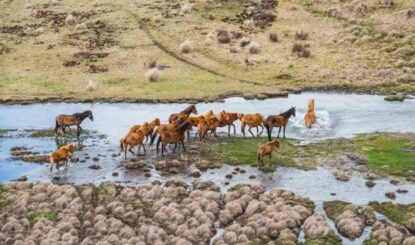
Animal protection
Brumby Massacre: The Bloody Scapegoating of Australia's Wild Horses
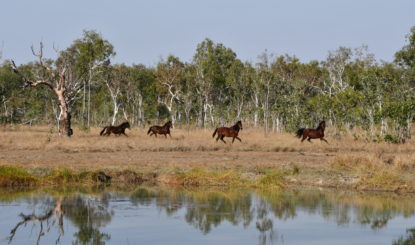
Animal protection
Winter on Bonrook and Future Planning
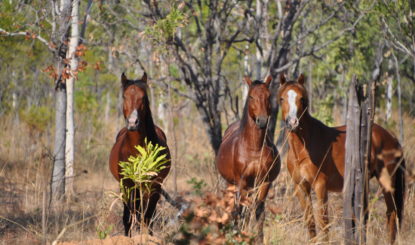
Animal protection
Aerial Count Confirms Harmony and Abundant Wildlife on Bonrook
Facts and Figures
***
